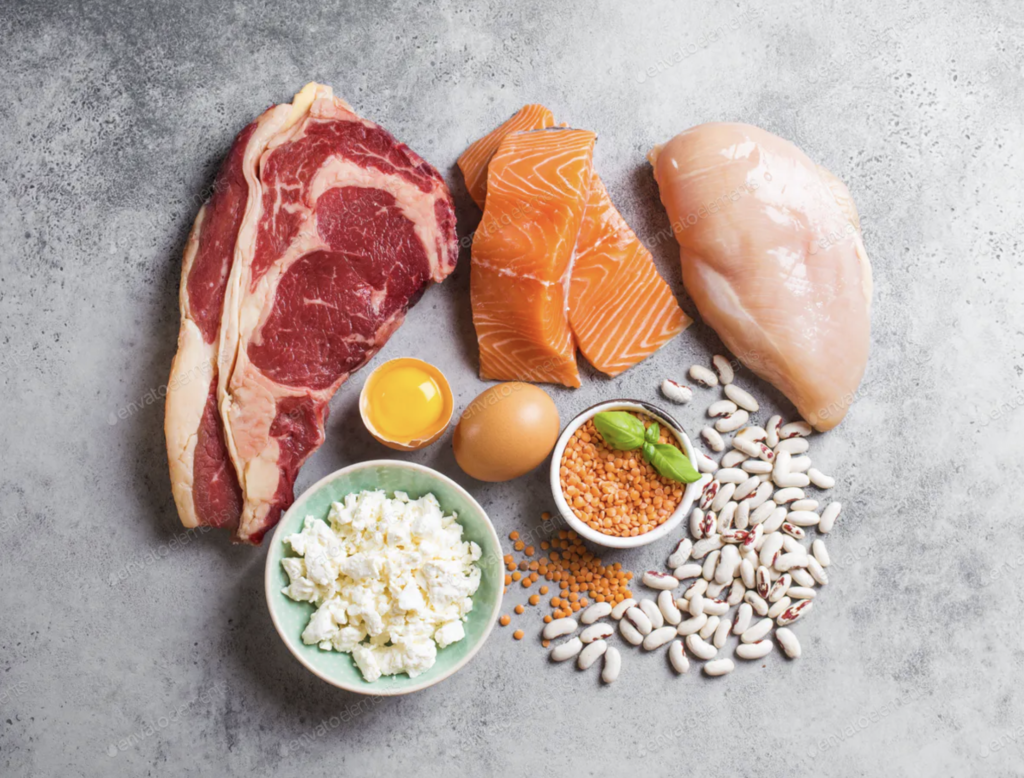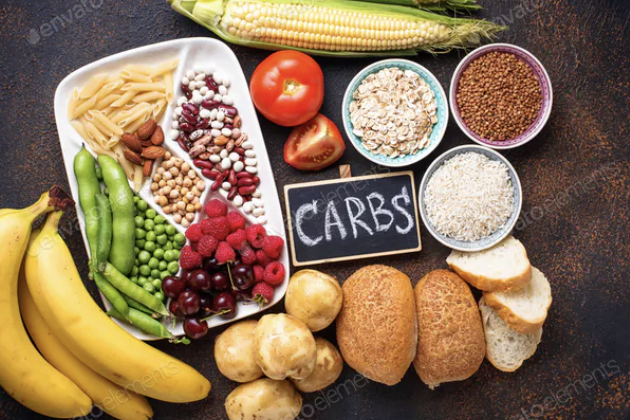When you are looking to lose body fat, the most important thing, above all else, is that you are in a calorie deficit, which means that you are burning more calories than you are consuming on a day-to-day basis. It is the only physical way possible to achieve this goal.
Once you know your required daily calorie intake for fat loss, you can then focus on other areas, such as macronutrient intake, training details, nutritional tracking, cardio, sleep, stress, digestion, water intake, and non-exercise activity thermogenesis (NEAT – the number of calories burned outside of exercise eg. gardening, cooking, cleaning).
However, many people struggle with the first challenge of calculating their required calorie intake, which can often lead to becoming overwhelmed, confused, and then giving up before you have even started. So, what things do you need to consider when calculating your calorie intake and how do you work out the number that you need for fat loss?
Factors That Affect Calorie Calculation
Firstly, before anything, you need to work out your maintenance calories (the number of calories you need to consume per day to stay the same weight, based on your daily activity). However, there are several factors that you must consider when you make this calculation. These include your body weight (lbs), amount of muscle tissue, your lifestyle (sedentary or active), your height, and psychology (are you stressed?).
Once we take this into account, we can then make a more accurate calculation. To do this, a very efficient way is to multiply your body weight in pounds (lbs) by 14-16. If you do not carry much muscle tissue, are shorter in height, and have a sedentary lifestyle, go for the lower end of this, which would be 14.
If you carry a higher amount of muscle tissue, are much taller in height, and have a physically active lifestyle, go for the higher end (16). This is partly because lean muscle tissue requires a lot of energy (calories) to maintain, so consuming more calories than someone with less muscle tissue will be required.
An example would would be this. A 165 pound male, who does not carry much muscle tissue, is shorter in height, and has a sedentary lifestyle. The calculation would then be 165 x 14 = 2310 calories. This would be his maintenance calories.
Final Calculation
Once you have your maintenance number, the next stage is to move into a moderate calorie deficit (where you burn more calories than you consume per day). This is through subtracting calories from your daily maintenance number. This deficit has to be moderate (400-500 calories) to keep your metabolism going, avoid the body eating into its own muscle tissue, and for the fat loss healthy and gradual, as well as maintaining energy for your workouts and daily tasks.
If you do not carry much muscle tissue, are relatively short in height, and have a sedentary lifestyle, go for the higher end of this, which would be 500. If you carry a higher amount of muscle tissue, are taller in height, and have a physically active lifestyle, go for the lower end (400). An example would be 2310 calories (maintenance) minus 400 = 1910 calories. This would be your daily calorie intake to lose body fat.
Protein Calculation

Prior to starting their fitness journey, many people under-consume when it comes to their protein intake. Protein is an important macronutrient that plays a crucial role in the process of muscle recovery and repair when you are looking to build more muscle or tone your body. It has ‘building blocks’ called amino acids that the body uses to build and repair muscles and bones, in addition to making hormones and enzymes. Protein is also essential for retaining the muscle you have already gained and can be used as an energy source.
So, your protein intake is the next most important thing to calculate after calories. It is recommended that, during the process of getting into and staying in shape, you have 0.8-1 gram of protein per pound (lbs) of body weight. For example, if your body weight is 160 pounds, you should be consuming 150-160g per day. Once you have this target, you then figure out how to reach it consistently on a day-to-day basis.
Your daily protein target intake should not change from then on, even when calories decrease and increase. Protein will be vital for developing and maintaining muscle tissue, so make sure that you hit your target consistently if you want to make progress.
Carbohydrates and Fats Calculation

When it comes to carbohydrates and fats, there is less of a need to calculate a target that you need to hit. If you are relatively inexperienced and aiming to get in shape, your calorie and protein targets are going to be the most important from a nutrition perspective. However, it is still important that you include carbs and fat in your diet.
Carbohydrates are key for several reasons. They are the main source of energy for your workouts and daily tasks, play a role in muscle recovery, allow you to feel more satisfied, and in turn make your diet more sustainable, which is vital for progress. Eating too many carbohydrates does not cause weight gain or fat gain – consuming too many calories does. So, when going through a weight loss or fat loss phase, the calorie deficit is going to be the most important factor to you reaching your goal.
Fats are also something you should include in your diet. They can act as a back-up energy source and have several health benefits, such as lowering risk of heart disease through its anti-inflammatory properties, lowering bad low-density lipoprotein (LDL) cholesterol levels, increasing good high-density (HDL) cholesterol levels, and aiding in the lowering of blood pressure
Much like carbohydrates, consuming fats is not the primary cause for fat gain, nor is it the primary reason why people do not lose body fat – consuming too many calories is. However, foods that are high in fats have more calories (9 calories per gram of fat, compared to 4 calories per gram of protein and 4 calories per gram of carbohydrates). Therefore, you should have fewer fats than carbohydrates and make sure you track fats very carefully if you plan to consume them (use a weighing scale to measure how much you plan to consume and then log in how much you have consumed).
Summary
So, before you start anything when it comes to fat loss and getting in shape, you need to work out the number of calories you need to be taking in on a daily basis. Factor in all the important points mentioned and then make the calculation based on that.
You then need to work out your daily protein intake, before moving to other points, such as your training schedule and cardio routine Once you have done that, you can then look at improving other vital areas, such as nutritional tracking, cardio, sleep, stress, digestion, water intake, and non-exercise activity thermogenesis.
Once you have this planned out and there is clarity in your mind, you can then set about achieving your goal through hard work, consistency, dedication and discipline. Follow the plan, seek help if you need to, and never lose sight of the end goal.
Photo Credits: Envato Elements


